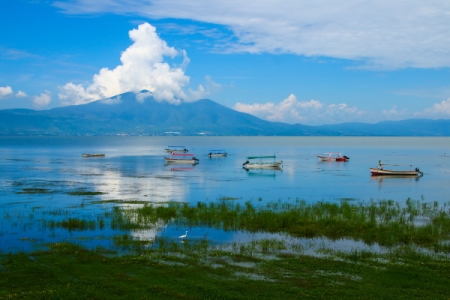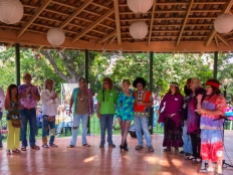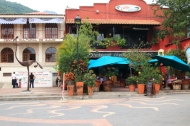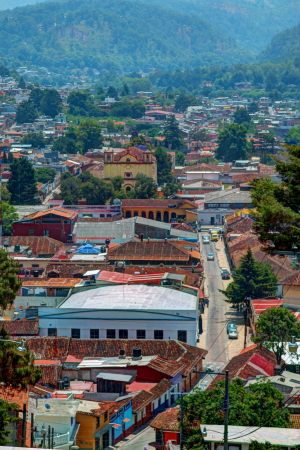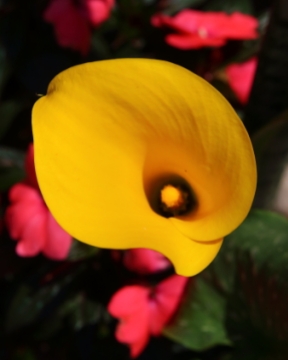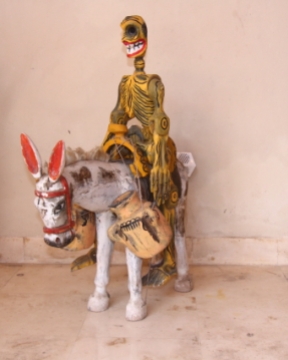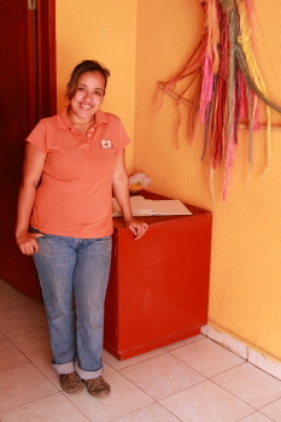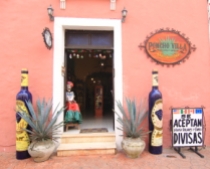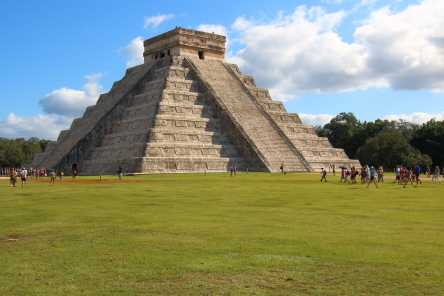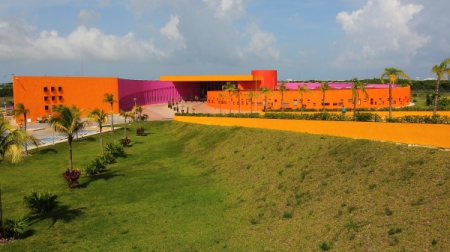
A tribute to revolutionary hero’s Pancho Villa and Emiliano Zapata
The day of the dead is a long standing tradition in Mexico similar to Halloween or all saints day in other parts of the world and was inscribed into the intangible cultural heritage of humanity by UNESCO in 2008. In Mexico, it is also a national holiday celebrated on November 2nd. On this day Mexicans pay homage to deceased family members, friends, national hero’s, luminaries and even world leaders with personalized altars that offer gifts to the departed. These offerings usually include flowers, favorite foods, beverages and possessions of the dead. Alternately, family members will visit the grave site of departed souls and leave similar offerings.
Today , Katrina’s are the most highly recognized symbol associated with the Day of the Dead. Years ago, however, a Katrina referred to an elegant and well dressed woman of class and privilege until a mexican artist created an illustration of a well dressed skeleton during revolutionary times that was supposed to symbolized the death of mexico’s ruling class of privileged aristocrats. Eventually, the Katrina figure came to represent the joy of life in the face of its end.



















